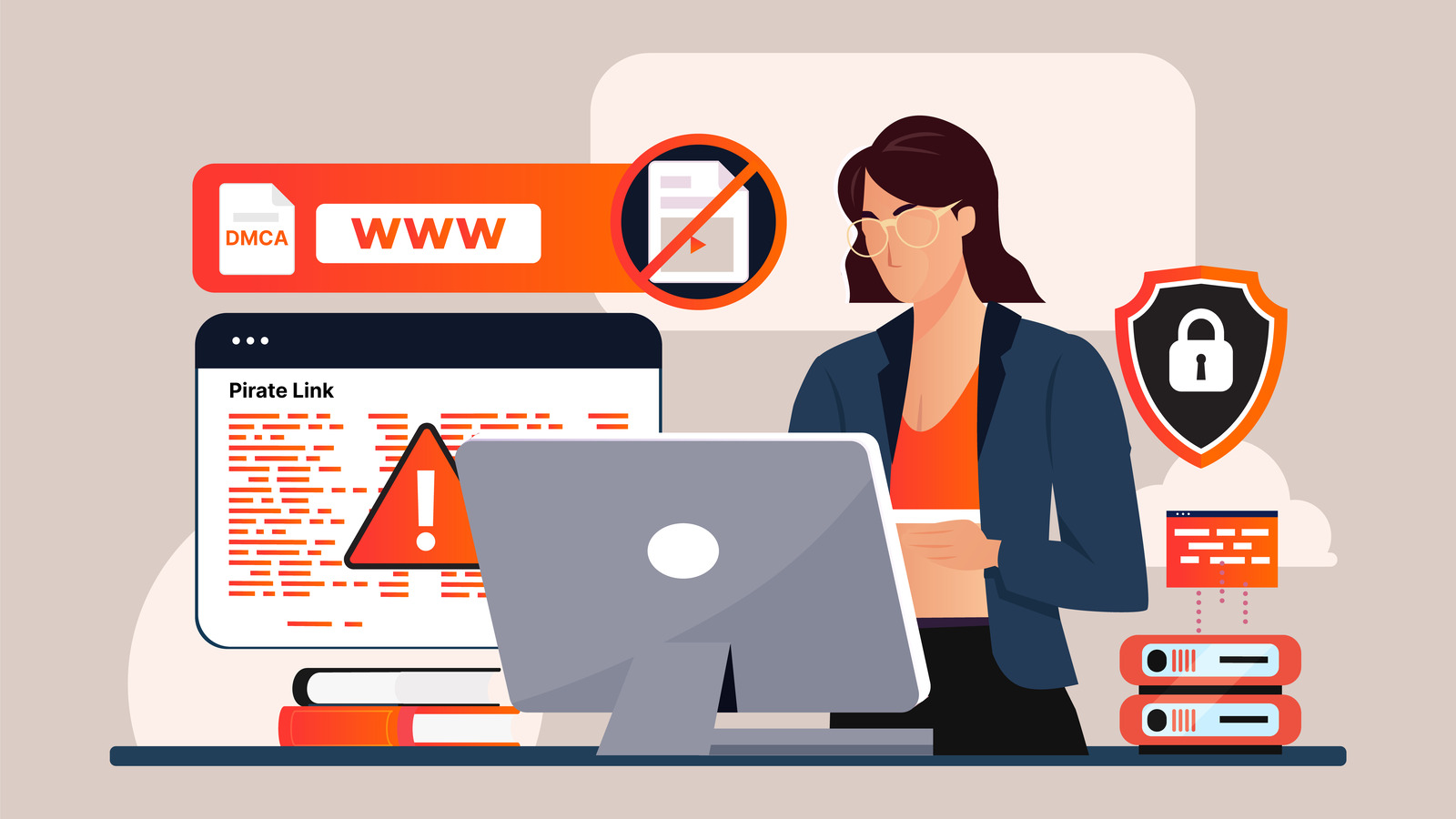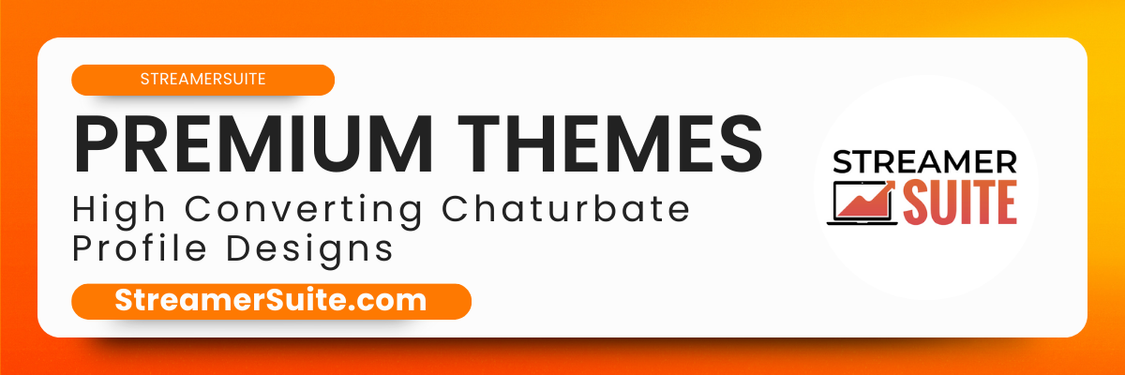
Content piracy is an ongoing threat to creators worldwide. When your original content, be it a video, image collection, or entire online course, unauthorizedly appears on a piracy site, it chips away at your potential earnings and undermines your brand. Users who come across your pirated content are less likely to pay for the same content later. Moreover, search engines may prioritize the illegal copy over your official channels, negatively impacting your SEO efforts. Therefore, quick and effective removal of pirated content is vital to safeguard your income, preserve your SEO standing, and make a firm stand for your rights.
In the modern digital world, creators often leverage numerous distribution platforms, affiliate partners, and cloud storage services. Although these tools are beneficial, they also introduce potential risks at every transfer point:
Awareness of these risks can help strengthen your defenses. However, even the most robust security measures cannot prevent all leaks. Hence, a rapid response strategy is a critical second line of defense.
Submitting a correctly formatted notice is crucial, as any errors could lead to delays or even outright rejection. Individual content creators can typically handle a few takedown notices per month. However, for larger content libraries that potentially generate thousands of mirror sites, outsourcing to a specialized provider can be beneficial.
Consider providers who offer not just reactive solutions but also proactive monitoring measures. Ensure that they respect your privacy as a creator.
The success of your anti-piracy efforts should not be measured merely by the number of links taken down but in terms of revenue preserved. Keep an eye on metrics like:
Linking your takedown rate with revenue trends can serve as solid proof of the necessity and effectiveness of your anti-piracy workflow.
Some creators may worry about how filing a DMCA notice affects their relationship with fans. Rest assured, genuine supporters understand the need to safeguard your livelihood and usually won’t see the notice as it’s targeted at the host, not the consumers.
What if the site hosting your pirated content is based in Russia or China? Compliance rates might vary, but sending a notice along with a de-index request can effectively curb the majority of the traffic. Non-compliant hosts outside the US often comply when their upstream carrier is served a DMCA notice.
While it’s possible to charge the infringer for damages, remember that legal action can be costly. For most creators, a swift content removal and SEO repair provide a better cost-benefit ratio.
Google usually takes about 4 to 12 hours to de-index a link once the notice is approved. And is it worth watermarking every frame of a video? A subtle watermark in the corner is usually sufficient; excessive watermarking can discourage paying subscribers. Strive for a balance between security and viewer experience.
Managing leaked content removal is a dynamic challenge, but speed and consistency are key to winning this battle. Combine secure notices, smart monitoring tools, and follow-up strategies to keep pirated media off the web and safeguard your brand. Whether you handle the process internally or partner with services like comprehensive guide to streaming success, consider content takedowns as a routine business process. By incorporating automation and setting KPIs, you can turn a stressful scramble into an integral and manageable part of your content strategy.

